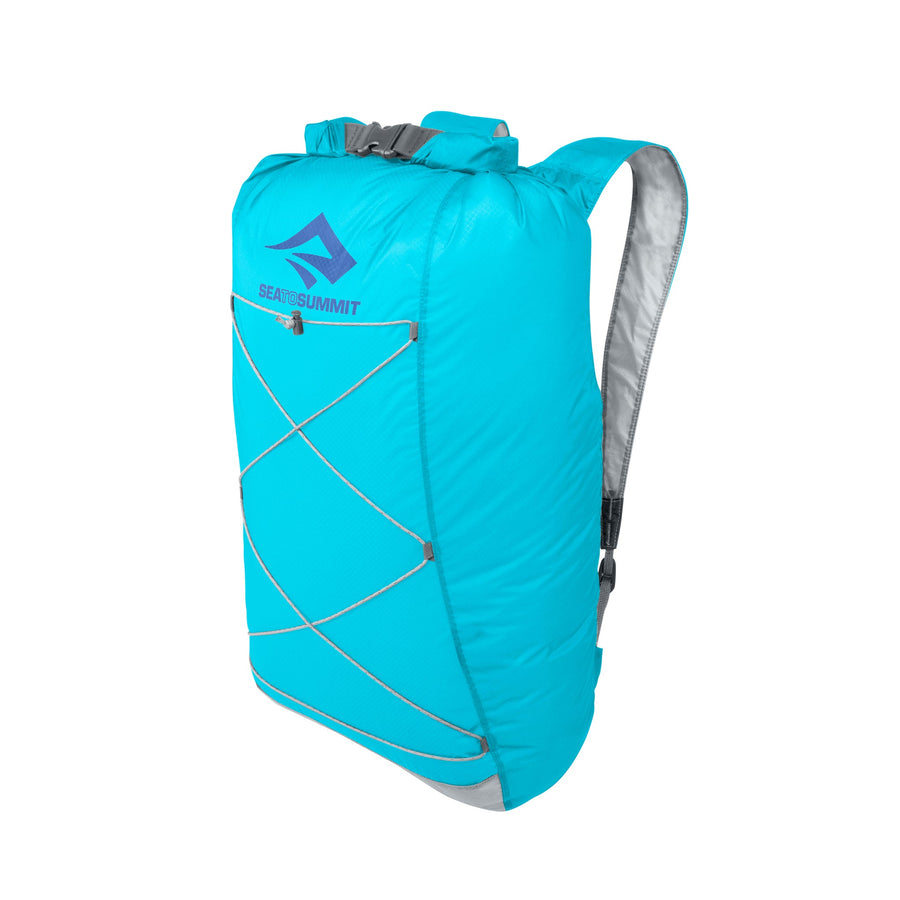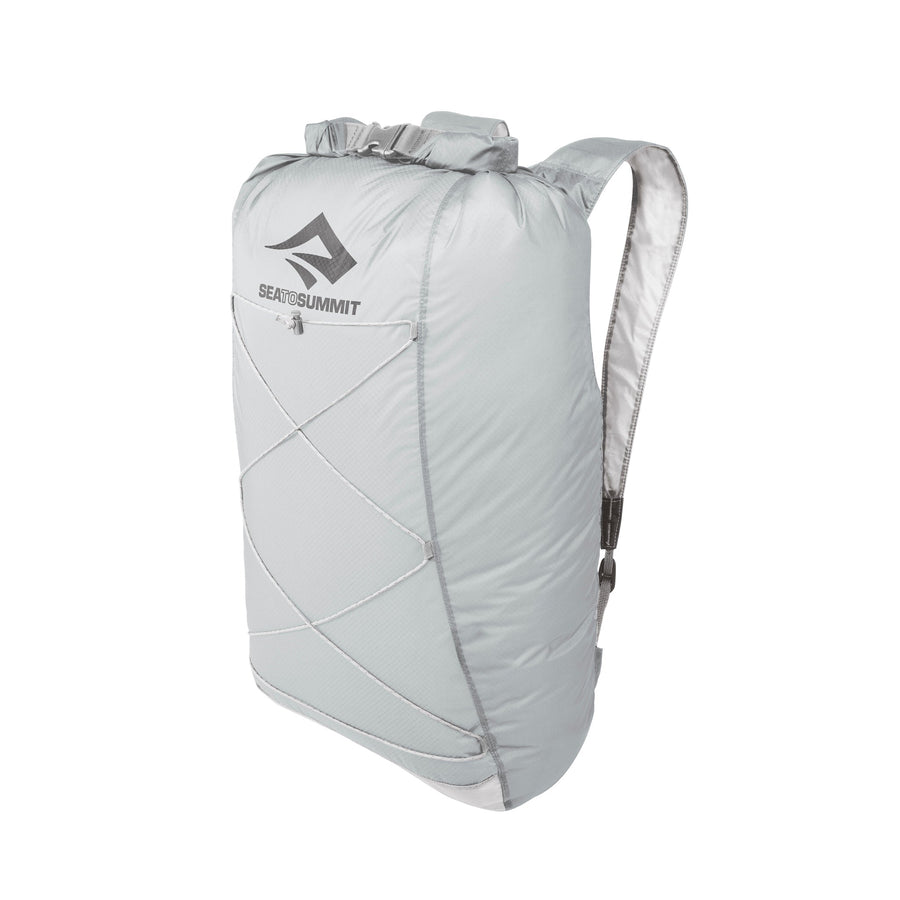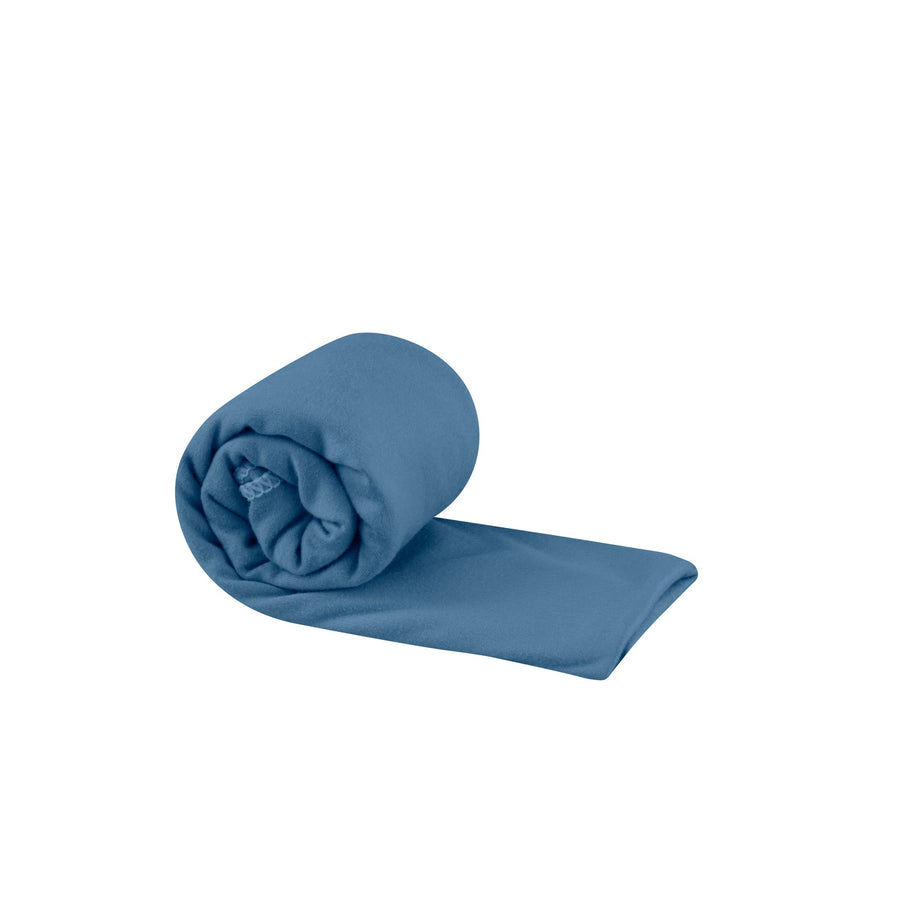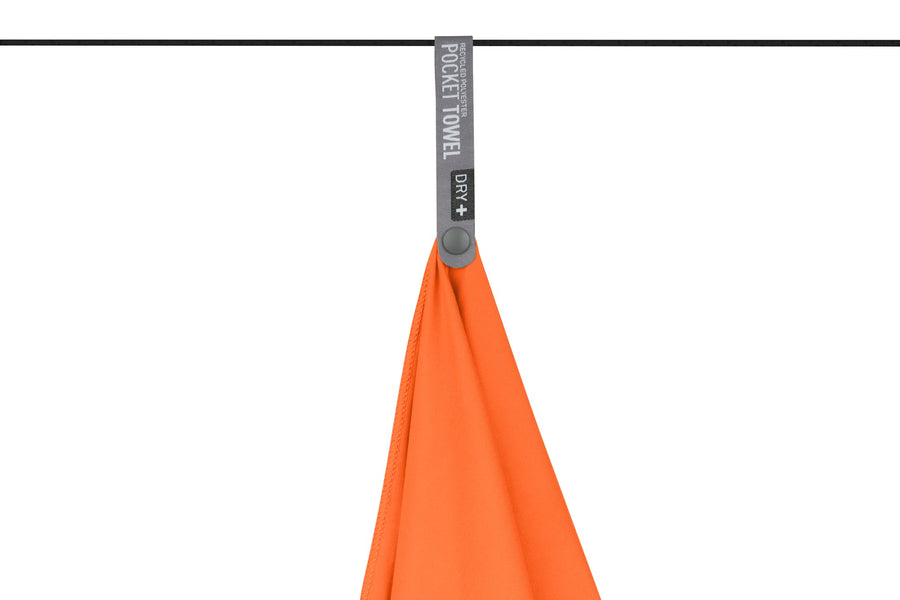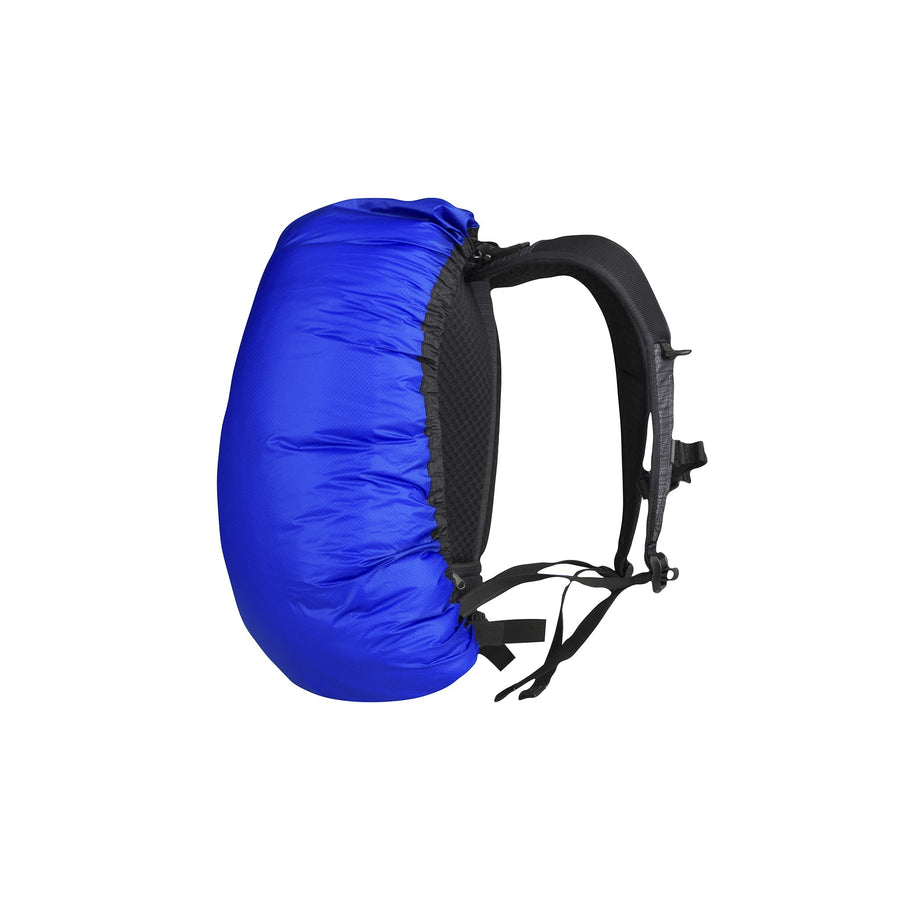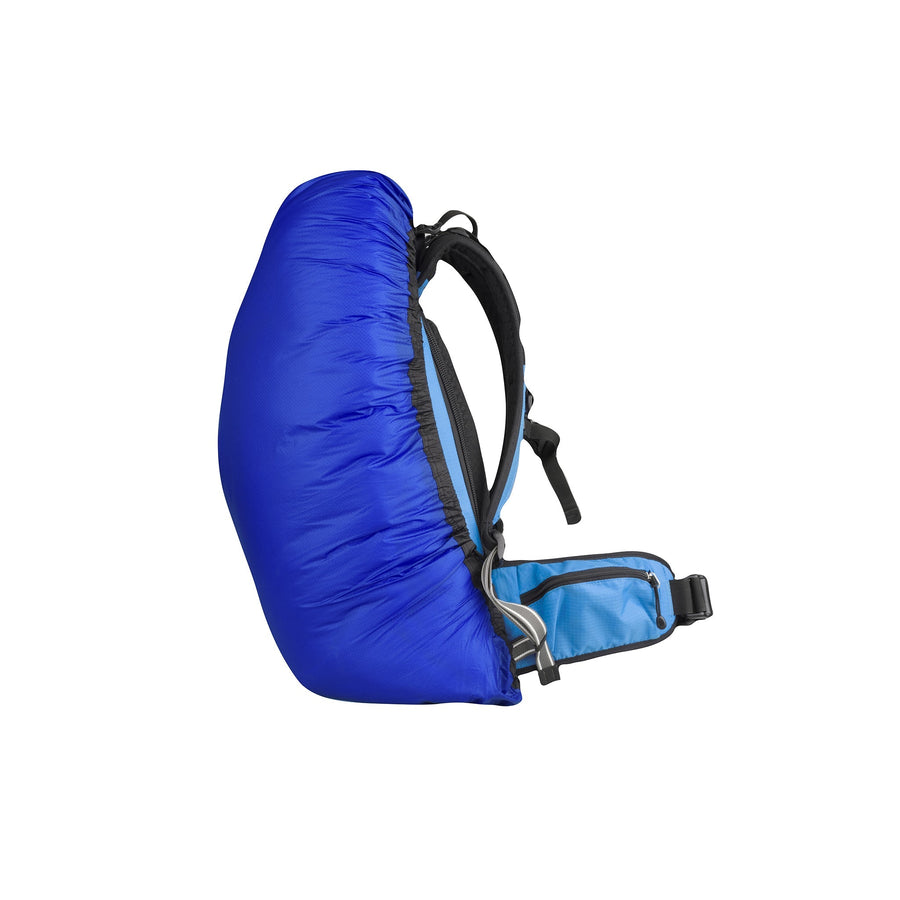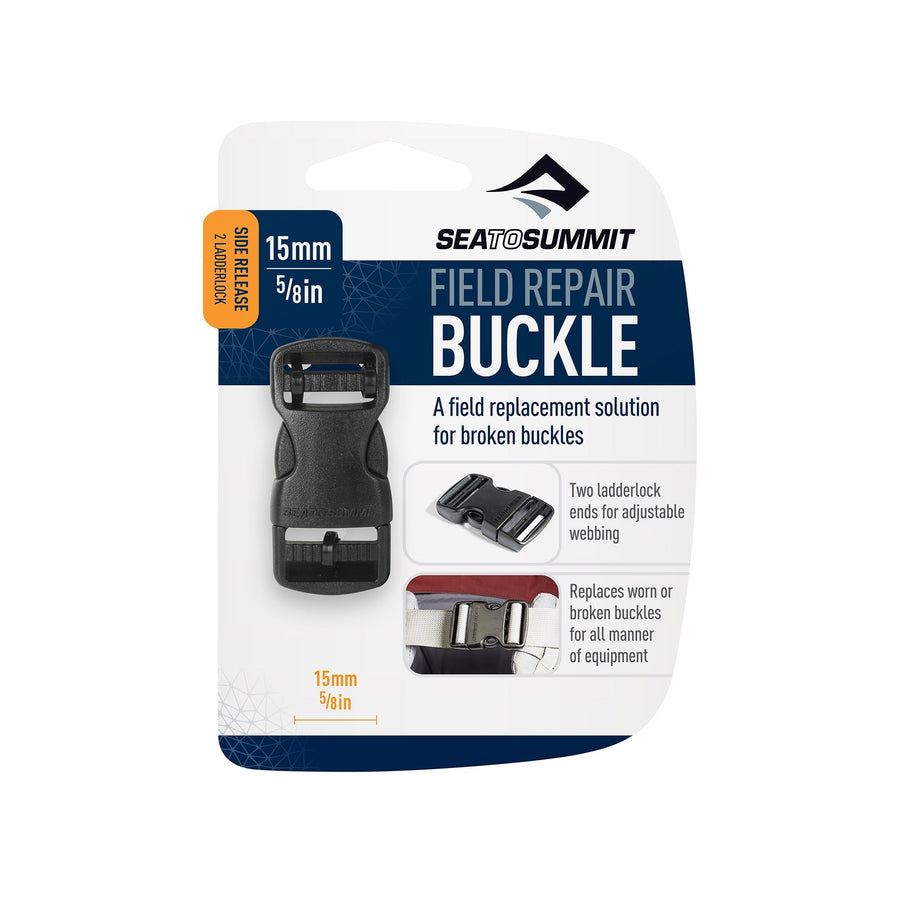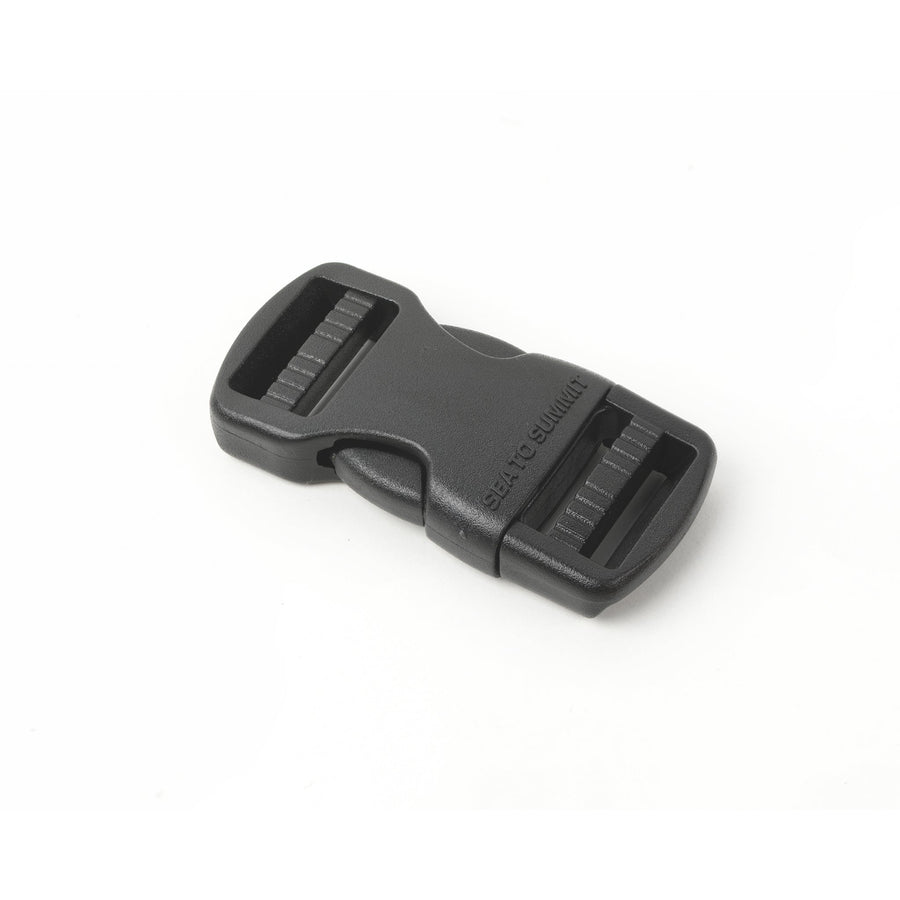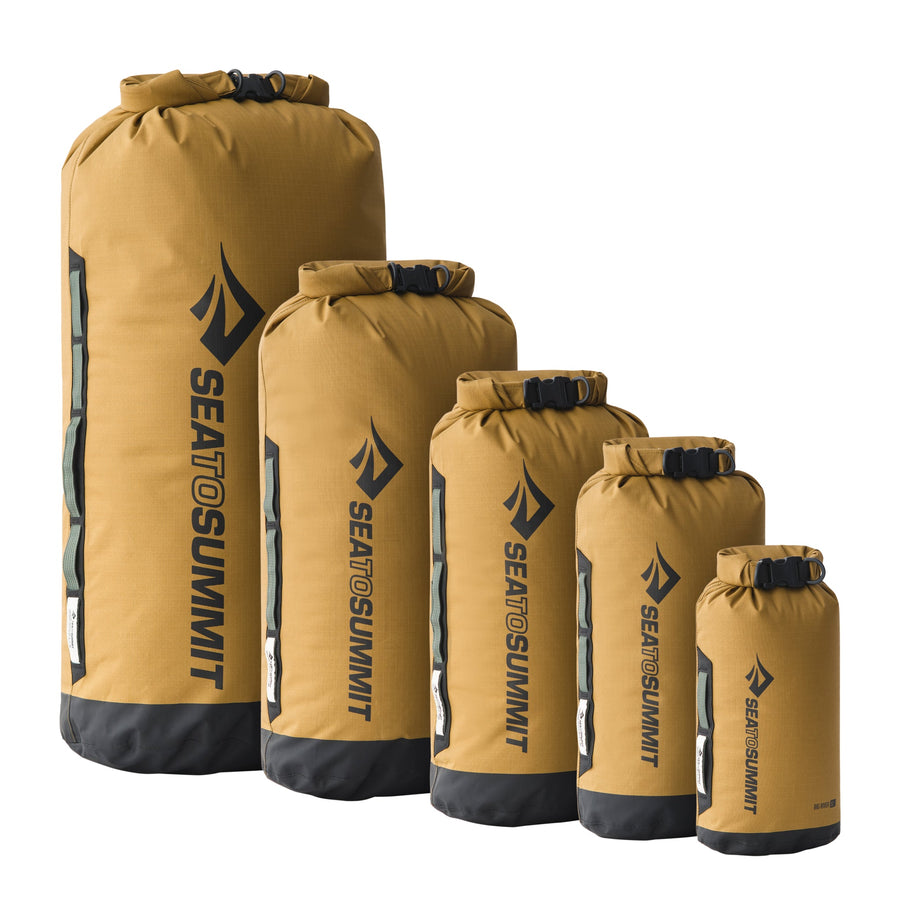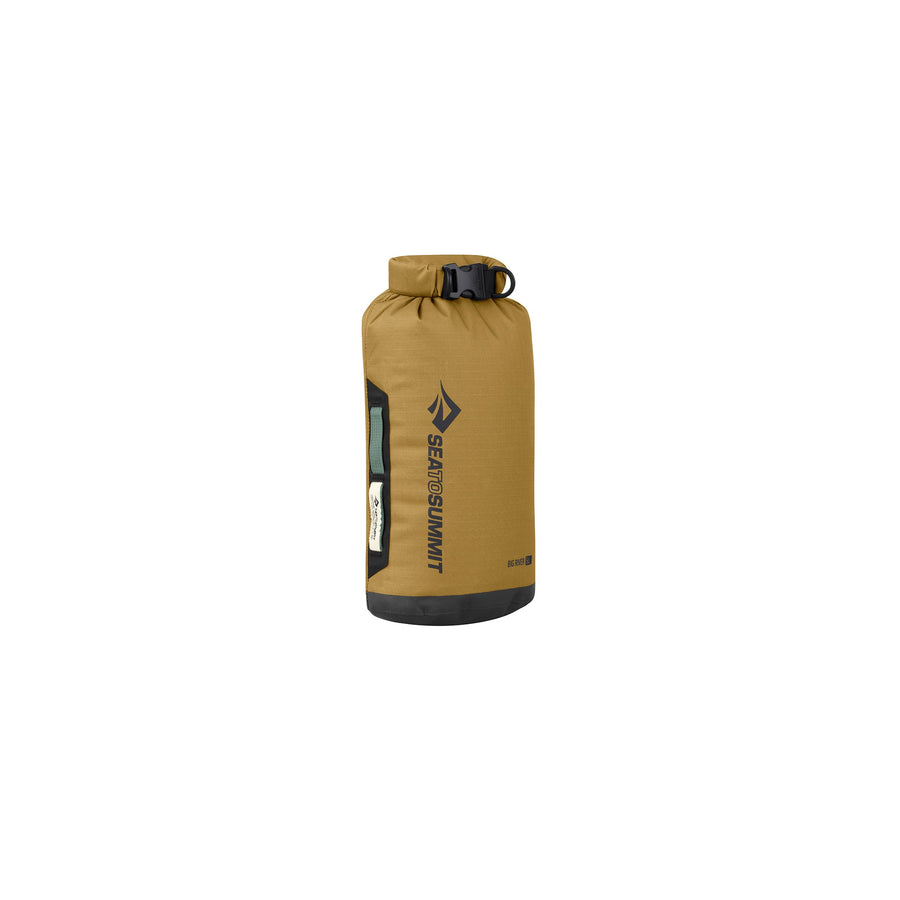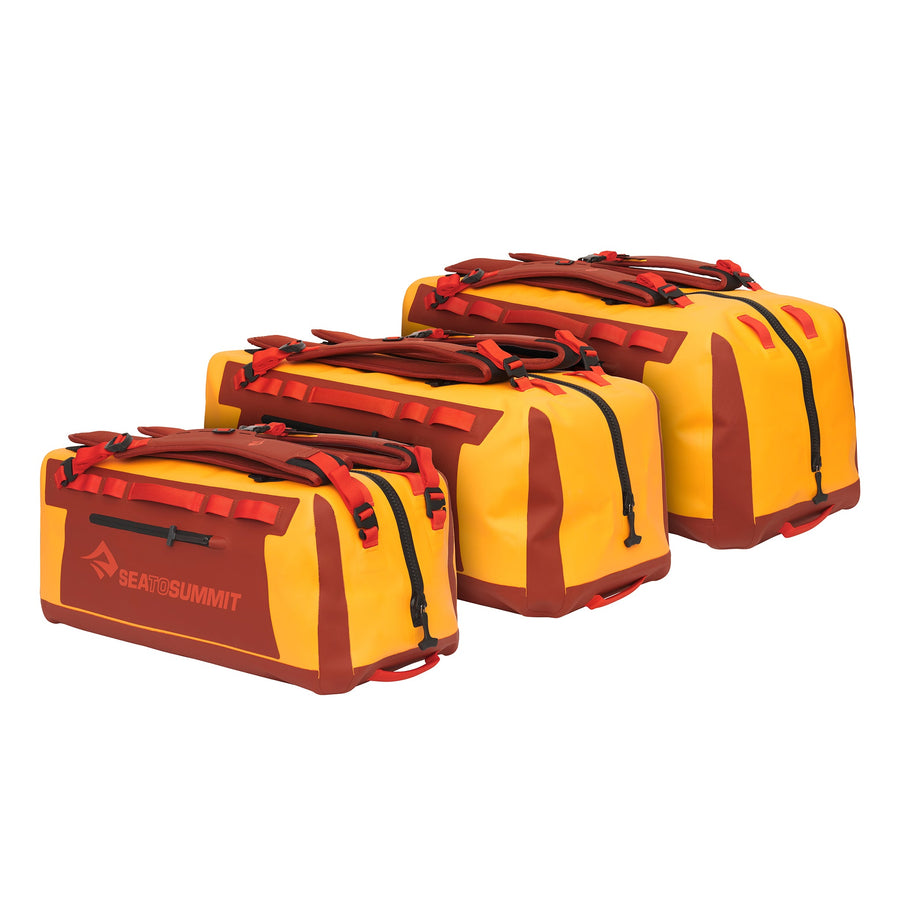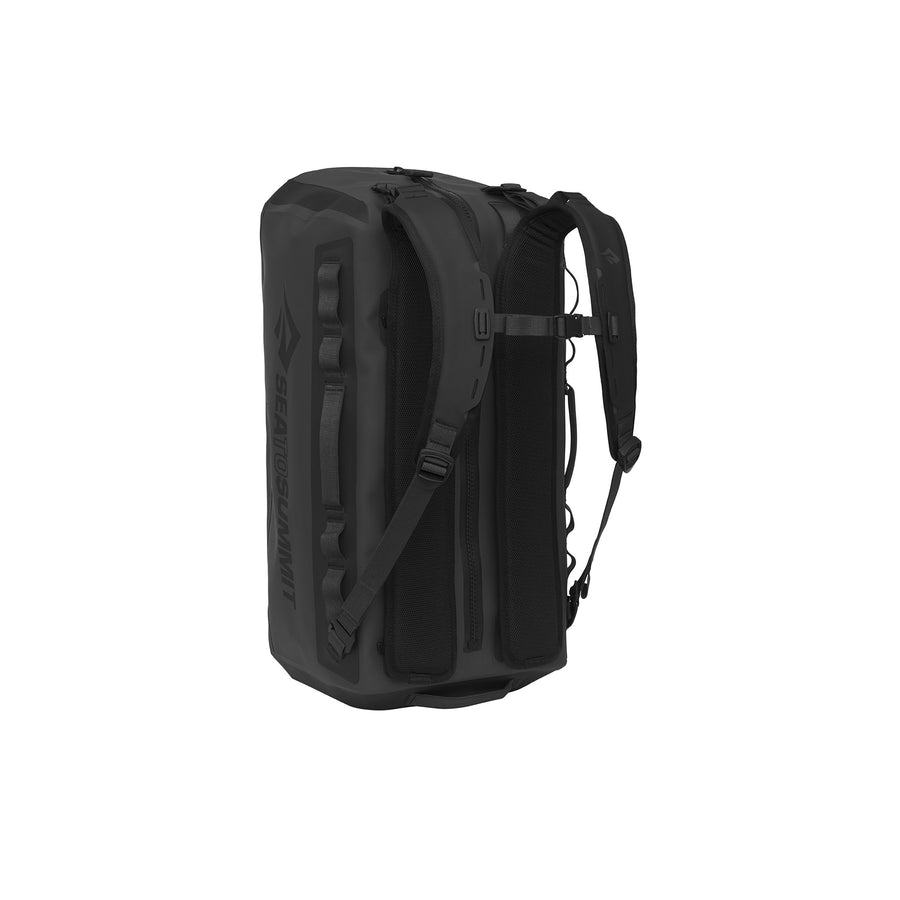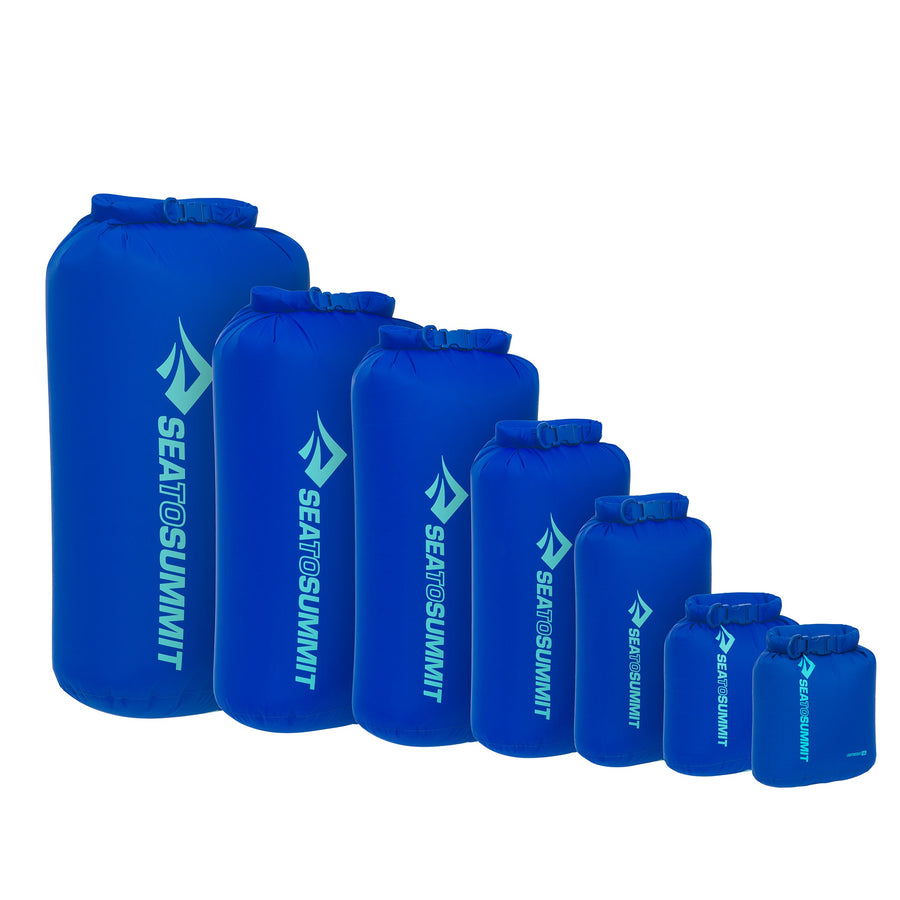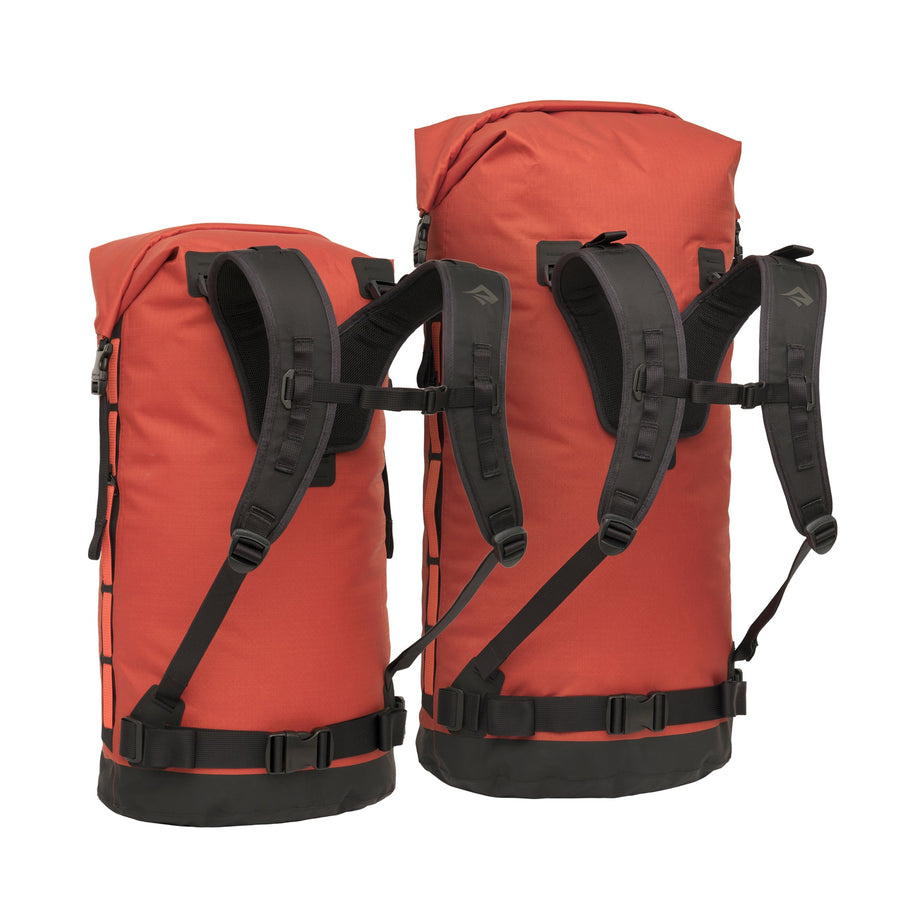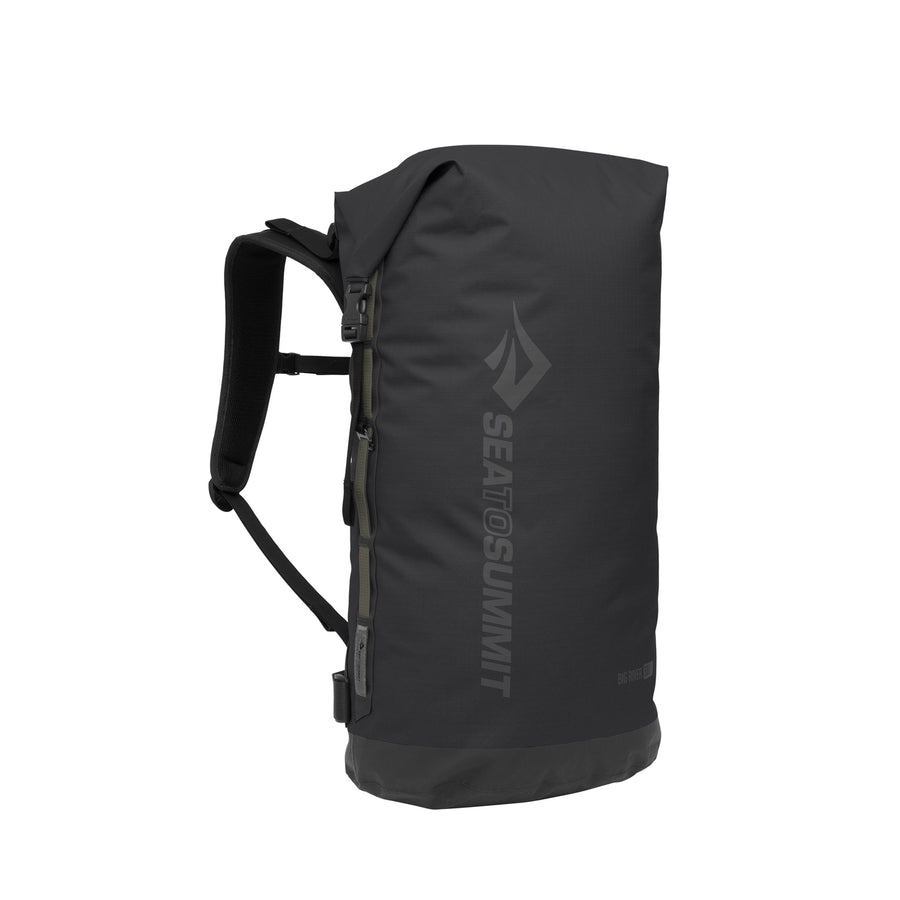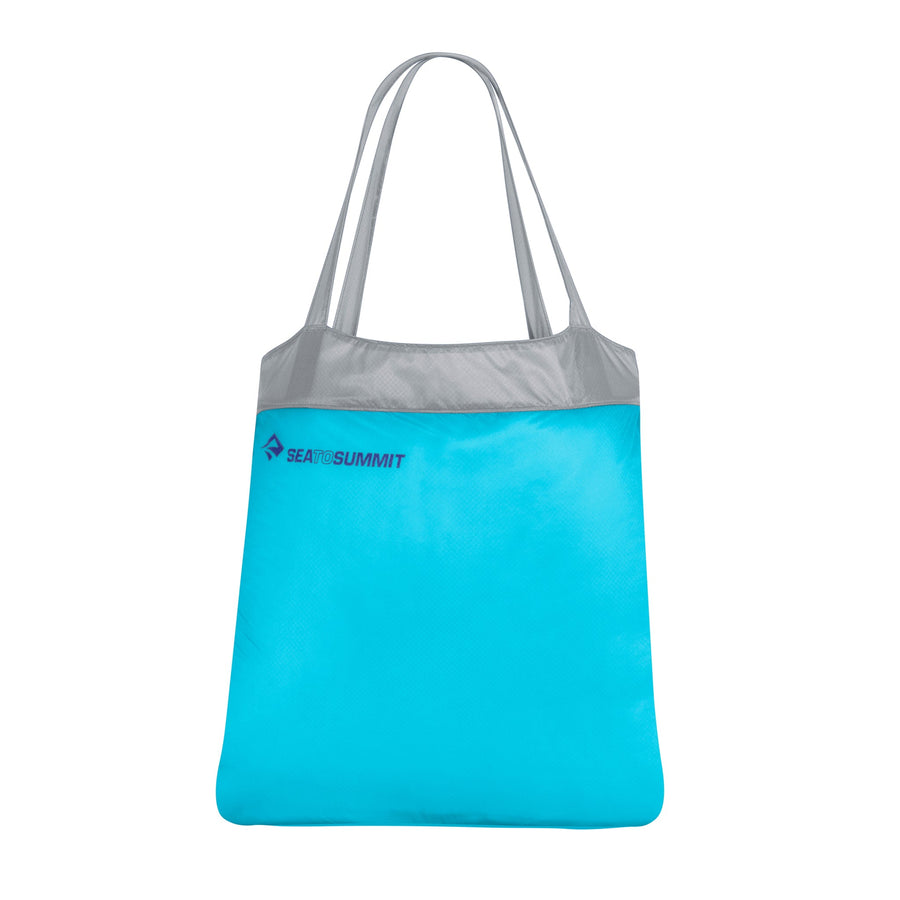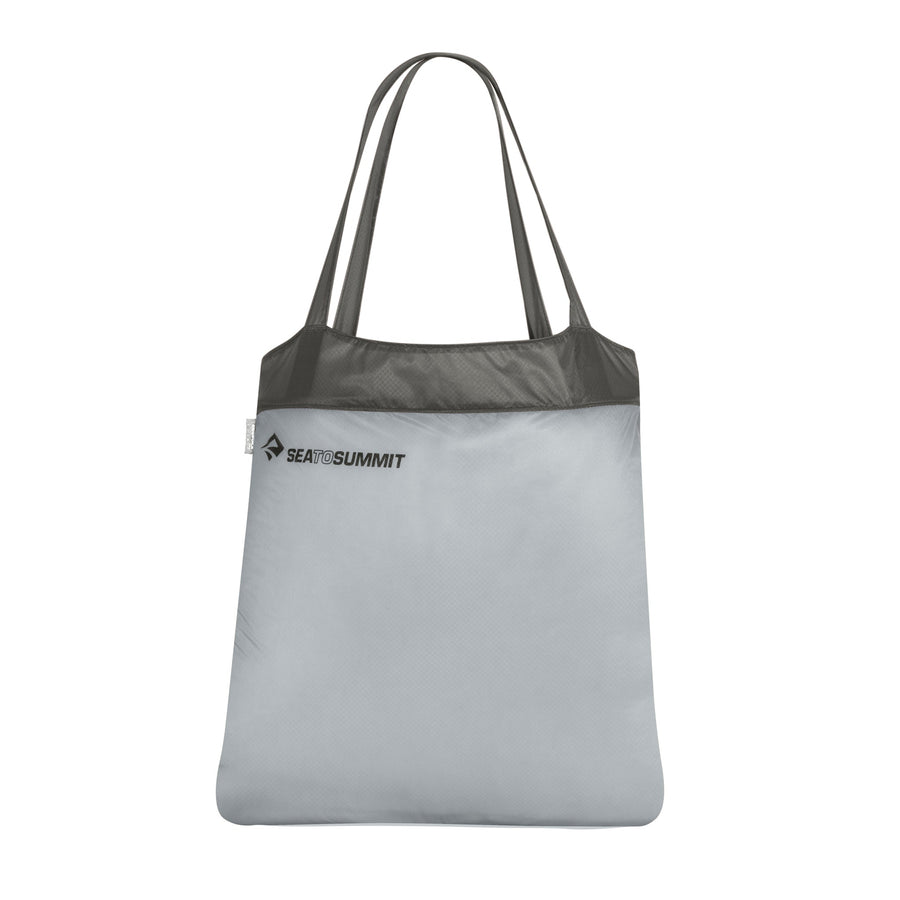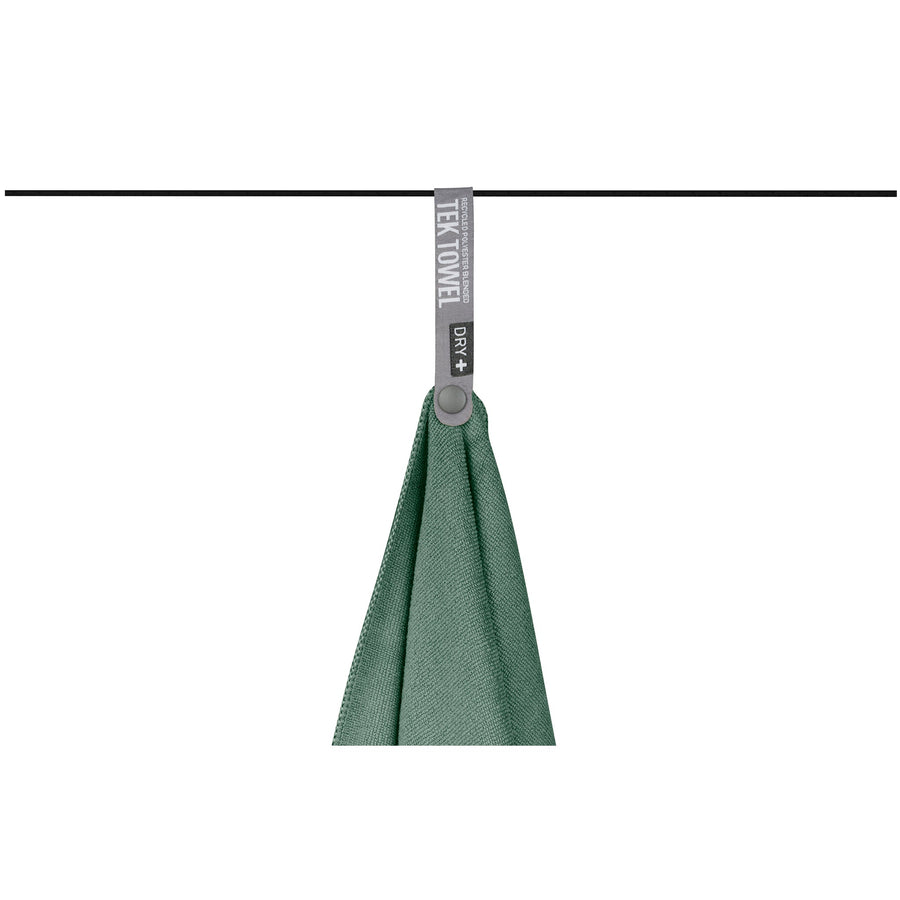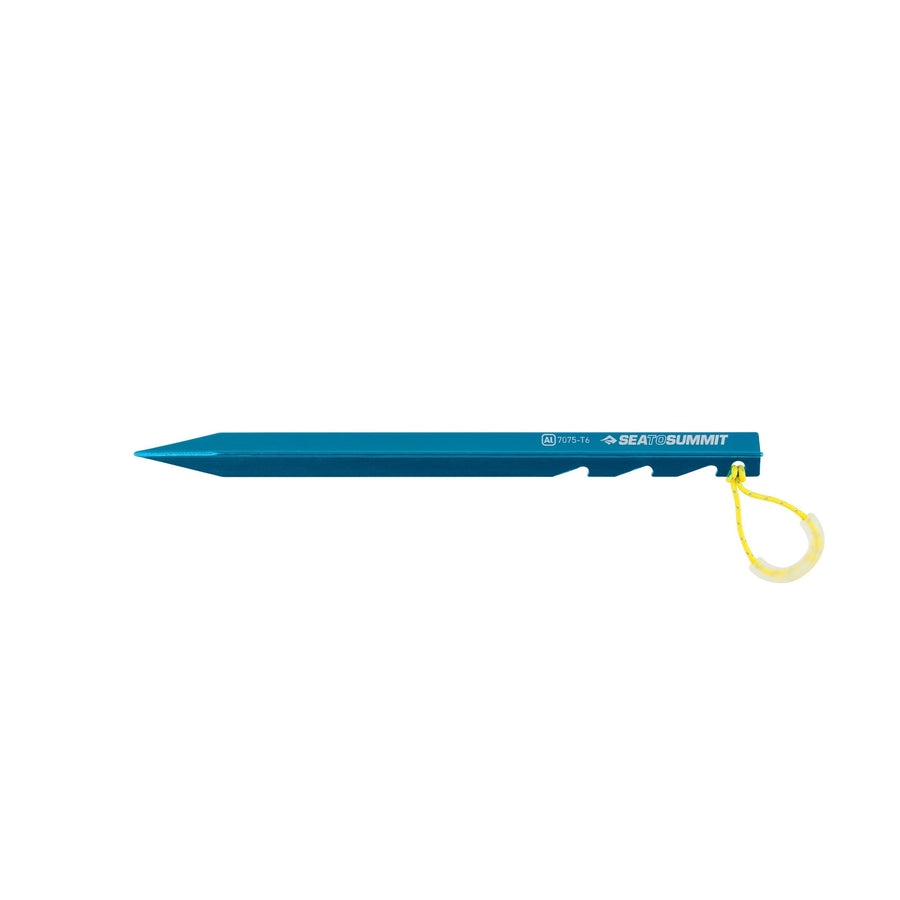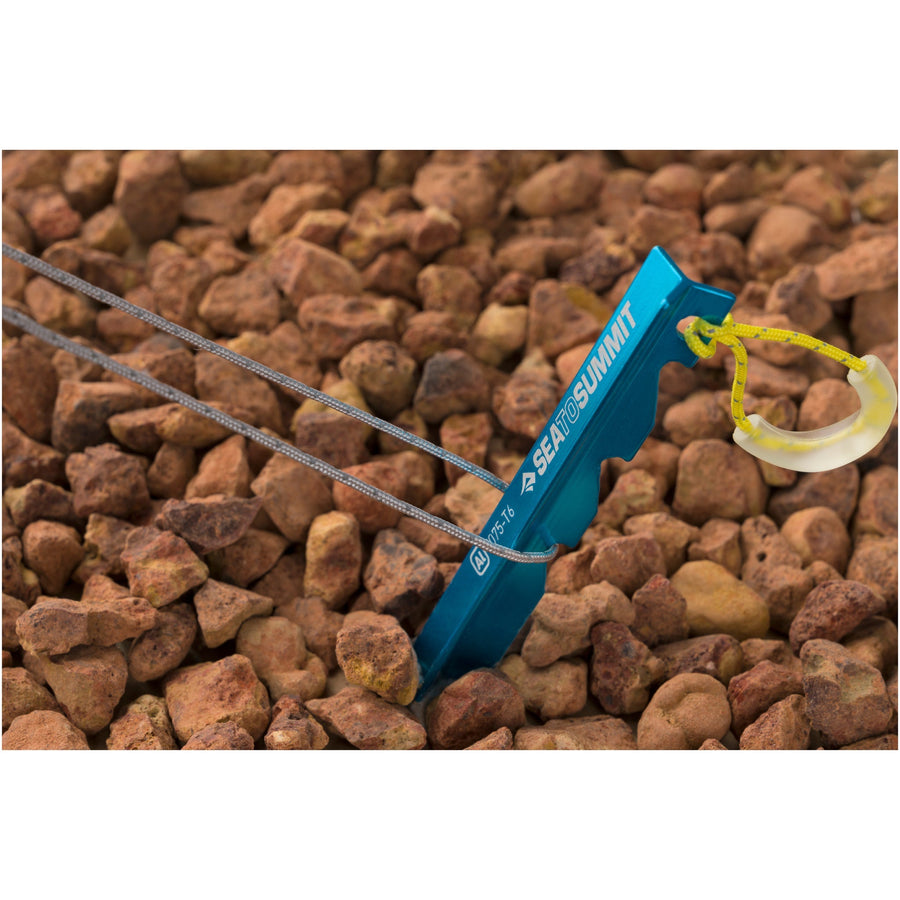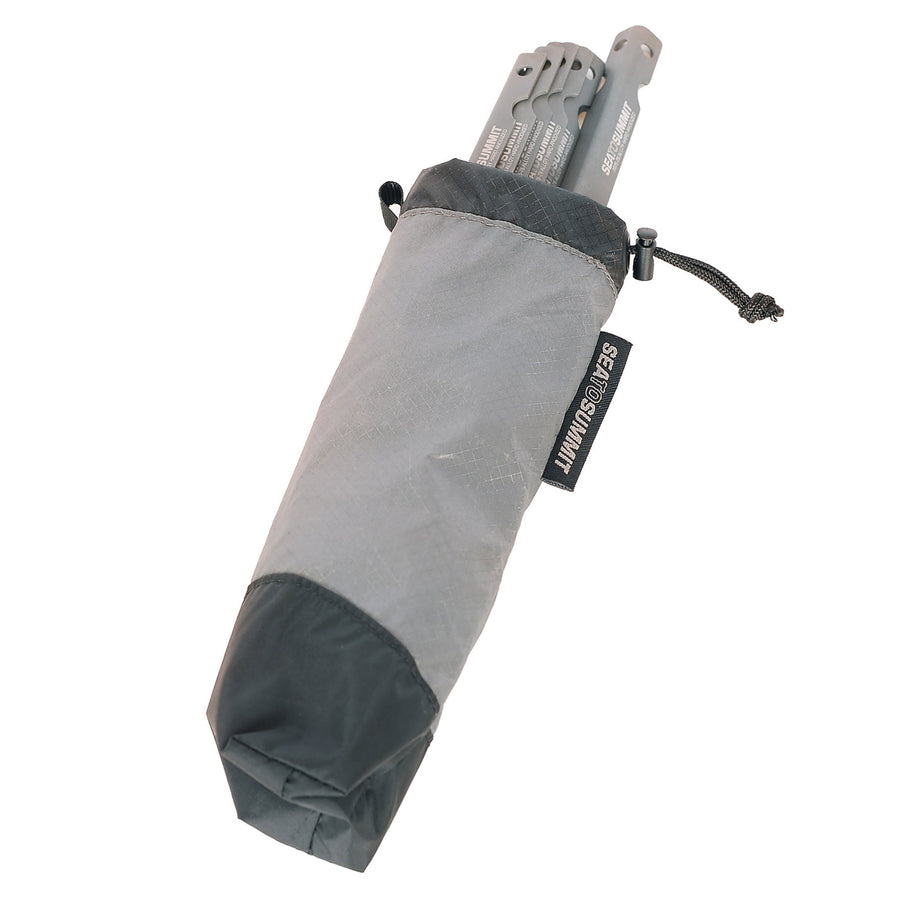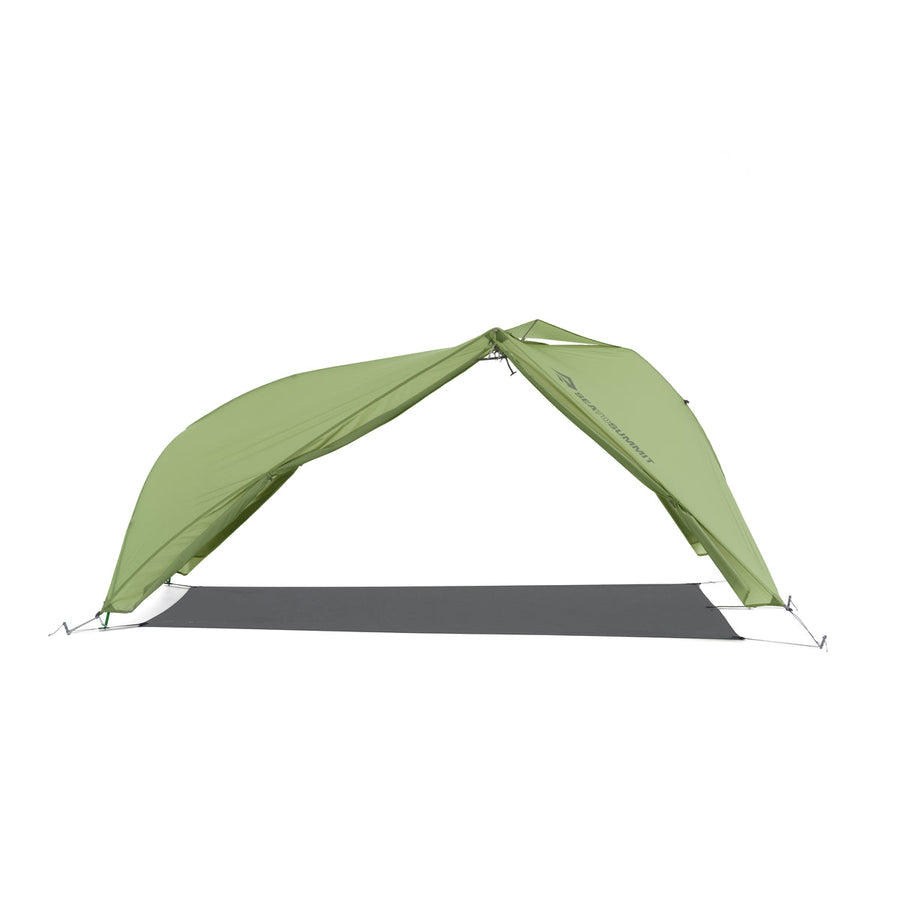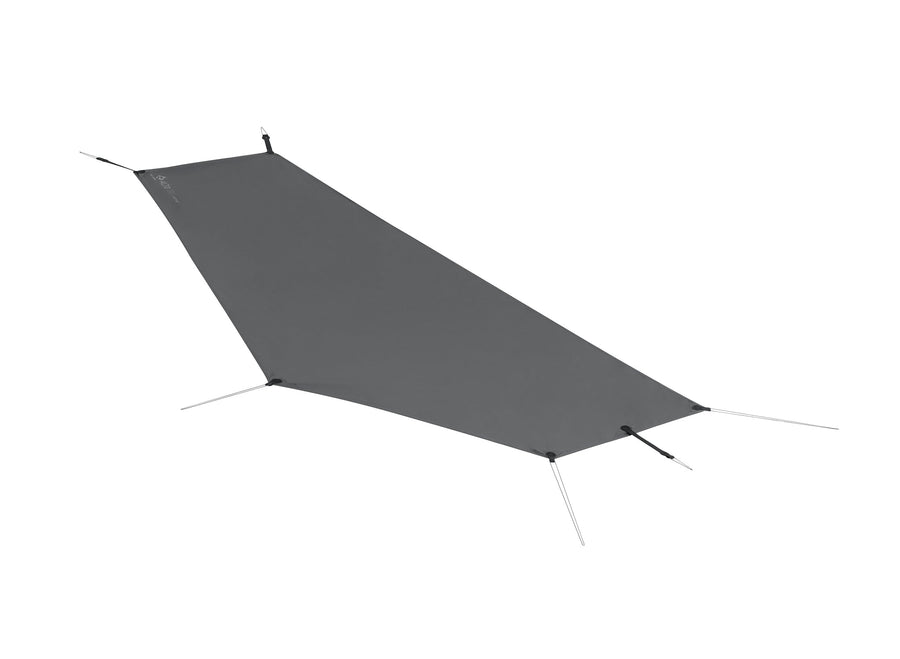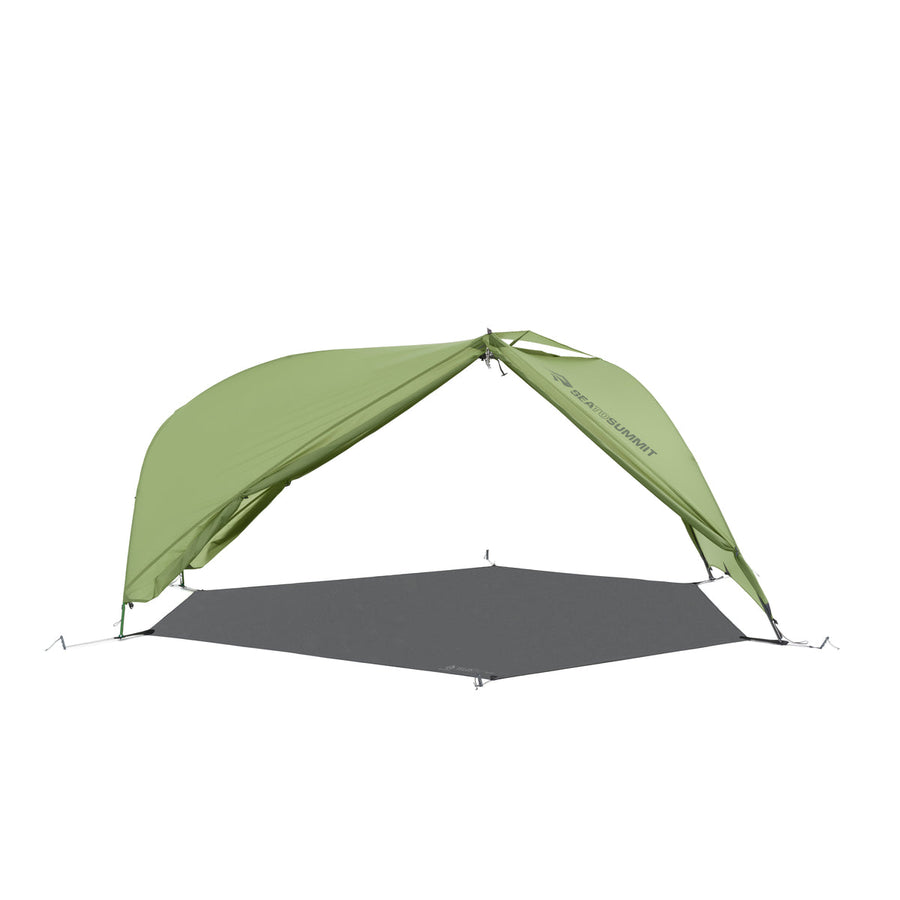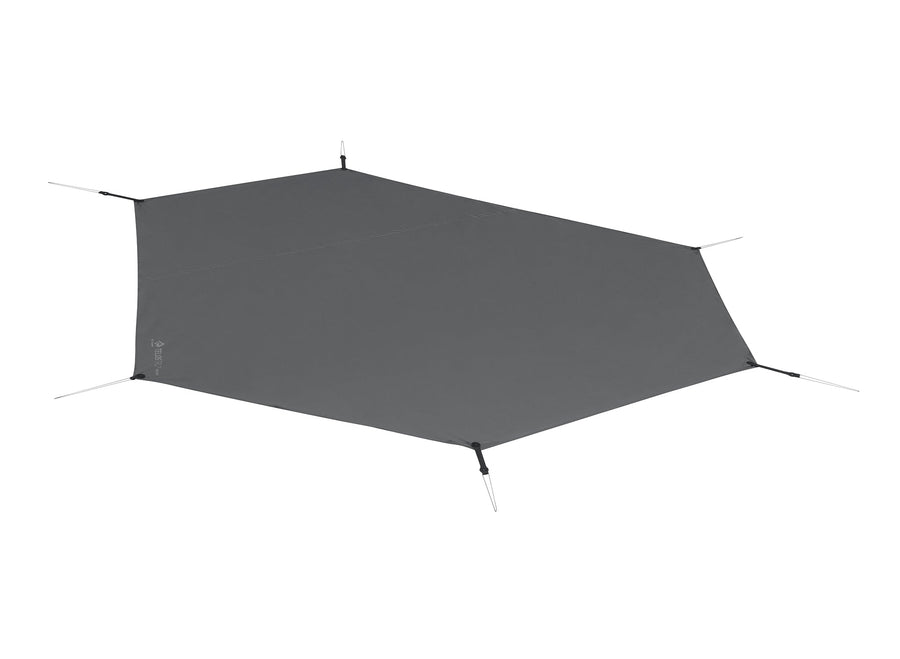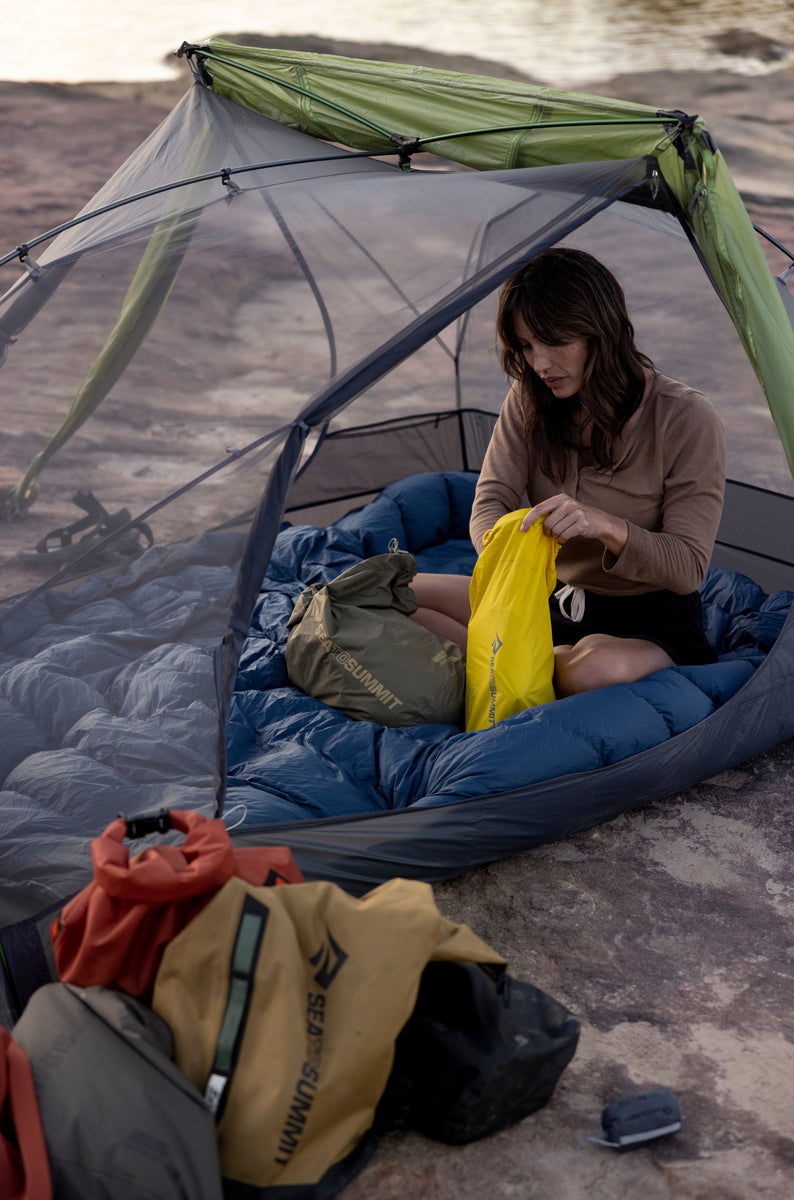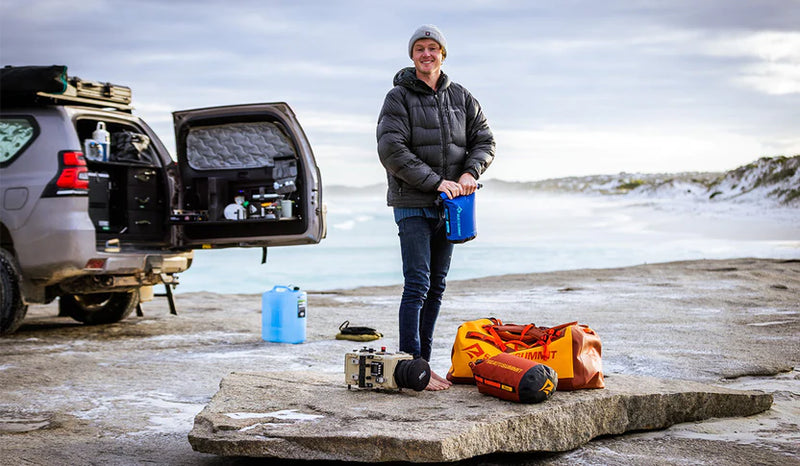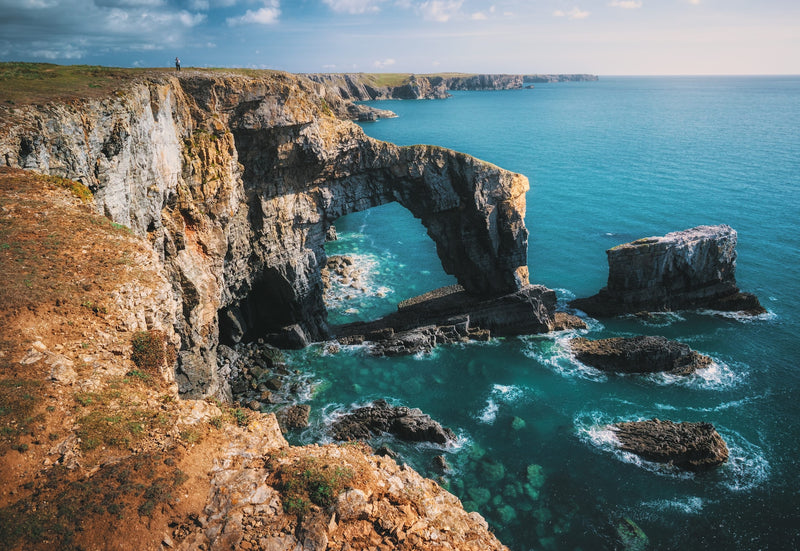Top tips to Leave No Trace while camping in the UK
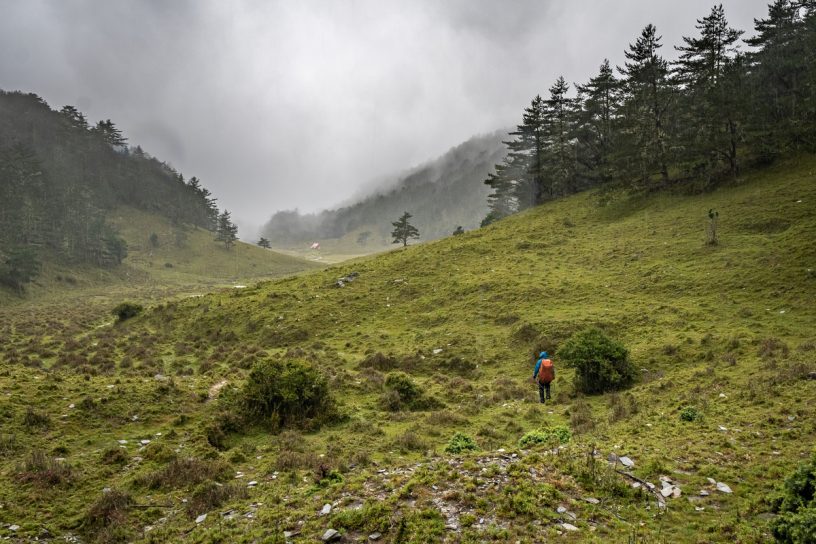
We are all nature lovers, which is why we like to spend so much time in the hills and amongst the trees. So it is our responsibility to look after our environment and ensure that we are not causing any harm through our actions. This is why we practice the Leave no Trace principals.
In this blog we highlight some handy tips to help you leave no trace:
Plan and prepare
The best way to Leave no Trace is to plan and prepare for your trip. Making sure you know your route, where you will be sleeping and were you can get water and dispose of waste is essential to any trip.
Planning will allow you to avoid having to make a hasty camp somewhere unsuitable where you could cause harm to the environment.
It will also mean that you have everything you need for your trip and will not need to take anything from nature.
Pick your spot
Choose where you camp carefully.
It is always best to camp in a designated campsite if possible. Camping on a site rather than 'wild' will mean are not causing harm to 'untouched' areas and will provide you with facilities and waste disposal.
If you are wild camping - take a look at our guide to wild camp safely and without an impact. Read Here.


Sea to Summit has partnered with Leave No Trace since 2007 and was a founding partner of Leave No Trace Australia in 2009. Leave No Trace provides innovative education, skills and research to help people care for the outdoors.
Take away everything you bring
This should go without saying these days, but you only have to take a look at some of the UK's trails after a Bank Holiday Weekend to see that it is important.
Make sure you pack in everything you pack out and dispose of your waste properly.
Top Tip - Take a spare dry sack with you for rubbish! This will avoid any dirty items contaminating your clean gear.

Protect water sources
A lake or a mountain stream may look like an oasis on a long hot summer trek, but be aware that wildlife will also use these water sources.
If you are washing (yourself or the dishes) make sure any soap used is not harmful and always wash 100 meters away from the watercourse.
Our wilderness wash is biodegradable and safe for use outdoors - it can be used on yourself, your clothes and your dishes!
Leave what you find
Avoid Damaging Live Trees and Plants
Trees and plants can be useful for creating a shelter or for attaching your hammock to. Make sure that if you do use trees or plants as park of your camp that you don't leave any lasting damage.
Even small cuts and wear into a tree trunk stop the tree providing nutrients causing issues for the ecosystem.
Top Tip - Tree protectors can be used to distribute weight of hammocks or other items tied to trees reducing the likelihood of causing harm.

